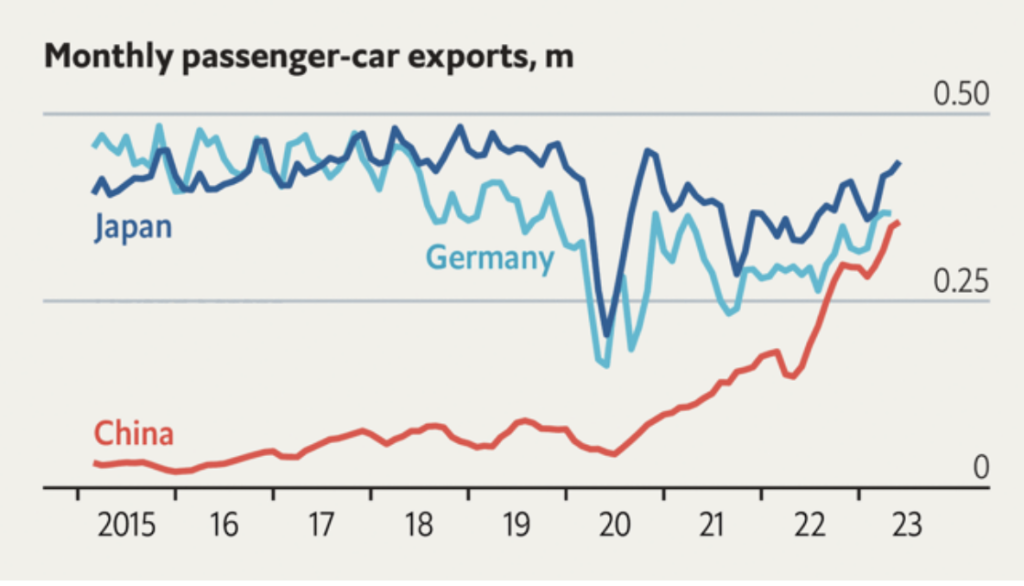In the bay

A photograph triggered by a song (see today’s music choice).
Quote of the Day
” A pearl diver who possessed a gift for diving into the wreckage of bourgeois civilization and emerging into the sunlight with the rarest of treasures.”
- Hannah Arendt on Walter Benjamin
Musical alternative to the morning’s radio news
Otis Redding | The Dock of the Bay
Long Read of the Day
90’s tech culture was a jumbled mess
Dave Karpf has been combing through the first five years of WIRED magazine’s product reviews and pondering what he’s found. This is interesting for people like me who were reading Wired (and BYTE, of blessed memory) in the days when all things digital were deemed exotic. The section of the magazine that has captured Karpf’s retrospective imagination was called “Fetish: technolust” (and no, I am not making that up).
The section was weird then. Now it looks bonkers.
Here’s what Karpf discovered, first off, in the November 1994 issue of Wired’s technolust closet:
That’s four product reviews. Each gets a short paragraph. In the upper-left corner, they review an ergonomic keyboard. $99. Sure. In the upper-right corner, there’s a review of the latest clock radio. $179.95. Uh-huh. Lower-right, a high-end boombox. $999.95. Note from the future: That tapedeck is going to age poorly.
And then in the lower-left corner, they blurb the 43-foot Scarab Superboat, “the world’s fastest offshore V-hulled vessel.” $500,000.
Karpf makes three observations at this point:
(1) What early WIRED was engaged in here was aspirational marketing. The editorial team had an idea of the ideal “netizen,” an image they wanted to project. The product reviews were a winking attempt to will that consumer base into being.
Second, this is the result of the strange mashup of 70s counterculture and 80s yuppie culture that Fred Turner highlights in his classic book, From Counterculture to Cyberculture. These reviews have a lineage that dates back to the Whole Earth Catalog, but aimed at Gordon Gekko-types.
Third, many of the product reviews left me thinking about just how strongly people must have felt the effects of Moore’s Law at the mass consumer level, back then.
Wired was really weird in those days. But eventually it grew up.
Karpf is a good guide to those crazy days.
But, but… The spirit of tech fetishism lives on in one unlikely location: the gratuitously annoying ‘How to Spend It’ colour supplement of the Weekend Edition of the Financial Times, which has a resident nerd with an eye for analog record turntables costing more than the GDP of Ecuador and similarly desirable objects.
Chart of the Day
China heading to be the world’s biggest car exporter soon

From the Economist.
Books, etc.

Just caught up on this novella by Claire Keegan. It’s a pitch-perfect capture of some aspects of life in mid-1980s Ireland. You can read it in a sitting, and you may find yourself doing just that. It’s spare, elegant and moving. And it reminded me of something Steve Jobs once said — that you know something is perfect when nothing more can be pared away from it.
My commonplace booklet
What government is for
A post from Andrew Curry’s terrific Substack blog (which I can’t recommend highly enough). He’s been reading Michael Lewis’s 2018 book, The Fifth Risk: Undoing government, which is a riveting account of how Trump and his crowd tried to undermine and in some ways break essential parts of the Federal government. Partly this was motivated by corruption or malice, but to an astonishing degree it revealed how little the Trump crowd knew about what government is for — what it actually does.
Andrew picks out a few items from Lewis’s book which illustrates what went on. But for the full story, it’s worth getting the book.
This Blog is also available as an email three days a week. If you think that might suit you better, why not subscribe? One email on Mondays, Wednesdays and Fridays delivered to your inbox at 6am UK time. It’s free, and you can always unsubscribe if you conclude your inbox is full enough already!
